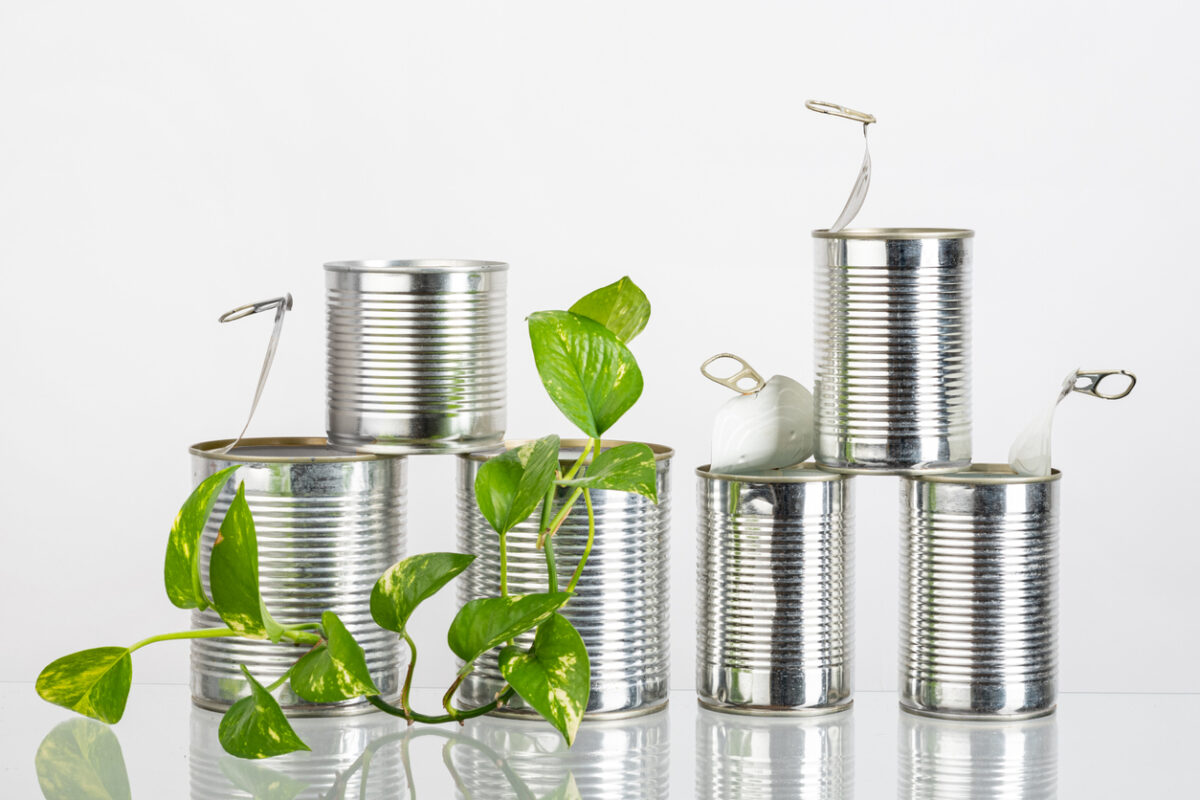In an era where environmental sustainability is paramount, the reduction of plastic waste has emerged as a critical challenge. With millions of tons of plastic entering our oceans and landfills each year, it is imperative for individuals and communities to adopt effective strategies to mitigate this pressing issue. Here, we explore five innovative ways to reduce plastic usage, each designed to empower individuals and foster a culture of sustainability.
- Embrace the Circular Economy
The concept of a circular economy revolves around designing products and systems that minimize waste and make the most of resources. By choosing products made from recycled materials or those that can be easily recycled, consumers can significantly reduce their plastic footprint. Brands that adopt circular practices often offer take-back programs, allowing customers to return used products for recycling or repurposing. This not only reduces plastic waste but also encourages responsible consumption.
Actionable Tip: Look for brands that are committed to sustainability and circularity. Research their recycling programs and participate actively by returning products at the end of their life cycle.
- Opt for Reusable Alternatives
One of the simplest yet most effective ways to reduce plastic waste is to switch to reusable products. From shopping bags and water bottles to food containers and straws, opting for reusable alternatives can drastically cut down on single-use plastics. The initial investment in high-quality reusable items often pays off over time, both economically and environmentally.
Actionable Tip: Create a checklist of reusable items to incorporate into your daily routine. Keep a reusable shopping bag in your car, carry a stainless steel water bottle, and use glass or silicone containers for food storage.
- Support Local and Sustainable Brands
By choosing to support local businesses that prioritize sustainability, consumers can help reduce the demand for plastic packaging and products. Local brands often use less plastic in their packaging and are more likely to implement eco-friendly practices. Additionally, purchasing locally reduces the carbon footprint associated with transportation.
Actionable Tip: Research local farmers' markets, artisan shops, and eco-friendly brands in your area. Make a conscious effort to buy from these sources, and encourage others to do the same.
- Advocate for Policy Change
Individual actions are crucial, but systemic change is necessary to tackle the plastic crisis effectively. Advocating for policies that limit plastic production and promote sustainable alternatives can lead to significant reductions in plastic waste. This can include supporting bans on single-use plastics, promoting deposit return schemes, and encouraging businesses to adopt sustainable practices.
Actionable Tip: Get involved in local environmental advocacy groups or campaigns. Write to your local representatives to express your support for policies aimed at reducing plastic waste and participate in community clean-up events to raise awareness.
- Educate and Inspire Others
Education is a powerful tool in the fight against plastic pollution. By sharing knowledge about the impacts of plastic waste and the importance of sustainable practices, individuals can inspire others to make changes in their own lives. This can be done through social media, community workshops, or simply by having conversations with friends and family.
Actionable Tip: Start a blog or social media campaign focused on sustainability. Share tips, resources, and personal experiences related to reducing plastic waste. Engage your audience with challenges, such as a Plastic-Free Week, to encourage participation and awareness.
Conclusion
Reducing plastic waste is a multifaceted challenge that requires collective effort and innovative thinking. By embracing the circular economy, opting for reusable alternatives, supporting local brands, advocating for policy change, and educating others, we can make significant strides toward a more sustainable future. Each small action contributes to a larger movement, demonstrating that together, we can create a world with less plastic and a healthier environment for generations to come.


